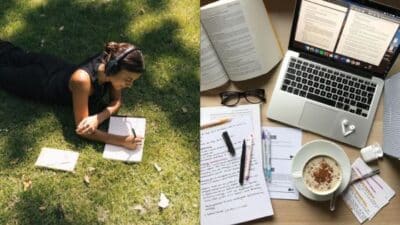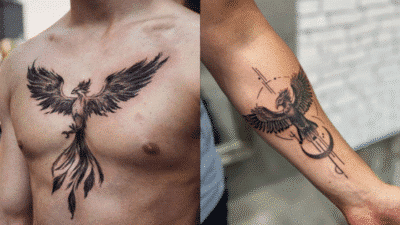Mood boards are a simple way to gather ideas and inspiration for creative projects. They help people see how different colors, textures, and styles work together. By looking at trending mood boards, anyone can get a sense of what themes are popular right now.
Popular themes in mood boards show what people like and find inspiring at the moment. These themes often reflect changes in design, fashion, and lifestyle. They give a clear picture of current visual trends without needing deep explanation.
1) Calming Neutrals
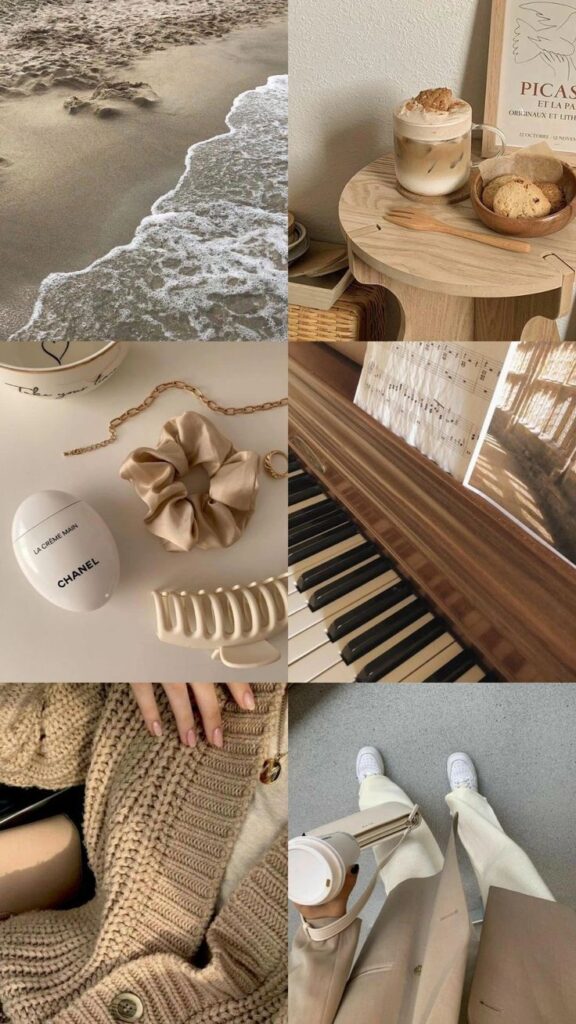


Calming neutrals are a popular choice in trendy mood boards. They include colors like beige, cream, taupe, and soft gray. These tones create a peaceful and inviting atmosphere.
People like using neutrals because they feel timeless and elegant. They make spaces seem larger and more open. Neutrals also work well with many different styles and colors.
Texture and natural materials add warmth to neutral color palettes. Layering soft fabrics and wood details helps create a cozy feeling. This mix keeps the space from looking flat or boring.
Neutral tones are often used in living rooms to bring calmness and style. They allow for flexible decorating, where accents or brighter colors can be easily added. This makes them a great base for long-lasting design.
2) Bold Color Palettes
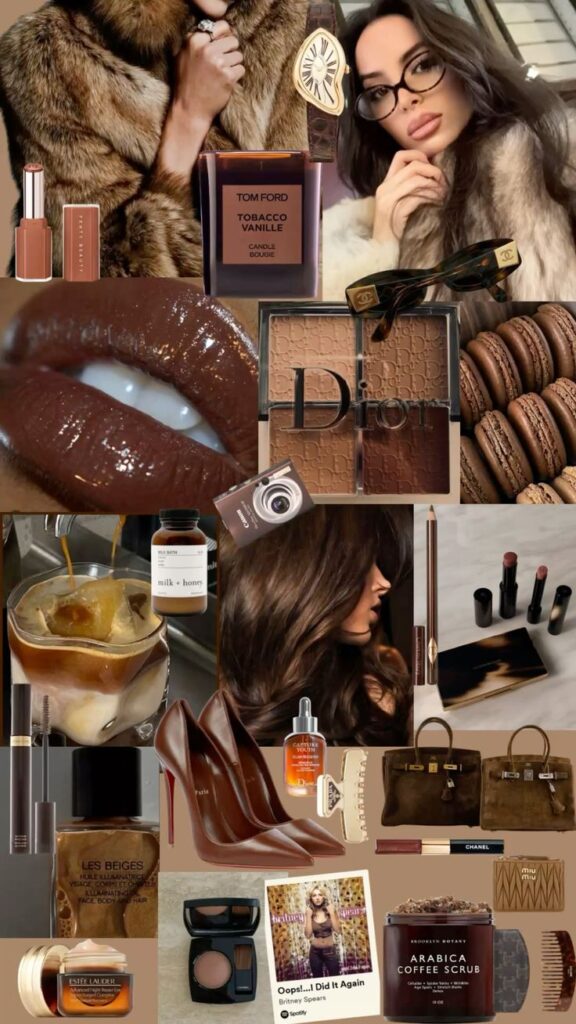


Bold color palettes use bright and strong colors to create eye-catching designs. They often mix vivid shades like deep reds, purples, and blues. These colors grab attention and add energy to any project.
Designers like to pair bold colors with neutral tones. This helps balance the look and makes the bright colors stand out more. It can bring warmth or a modern feel depending on the combination.
Bold palettes work well for different spaces, from websites to home decor. They can make a room feel lively or a brand appear confident. People often choose these colors when they want a fresh and dynamic style.
Using a bold palette requires some planning. Choosing just a few main colors and adding accents helps keep the design from feeling too busy. Tools like color wheels or mood boards make this easier to visualize.
3) Minimalist Aesthetics
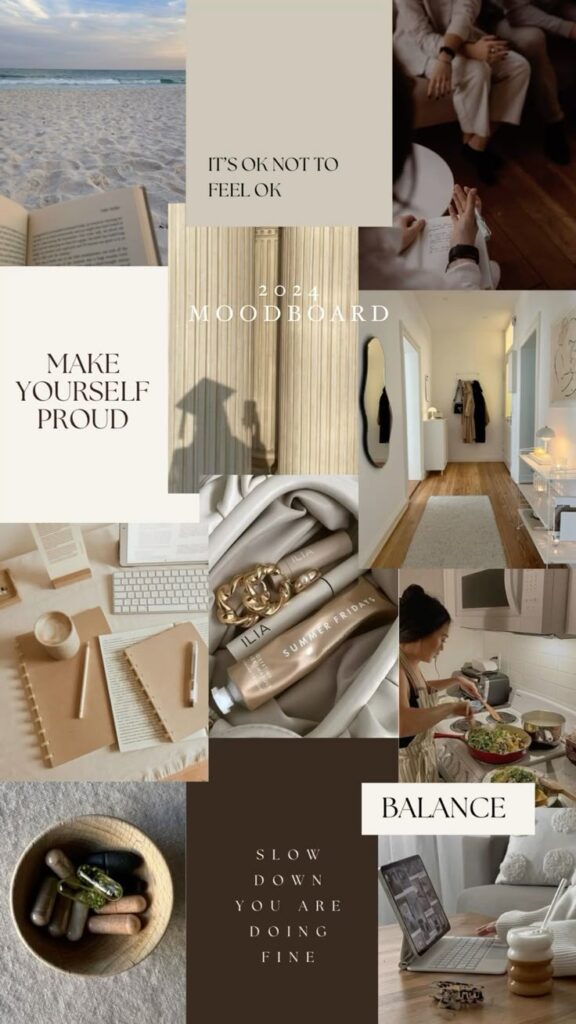
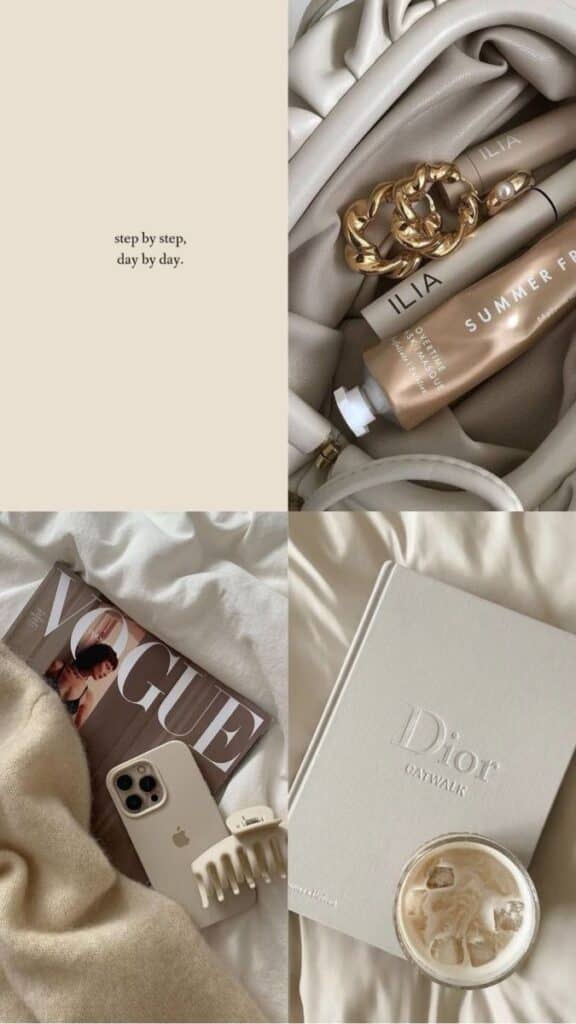
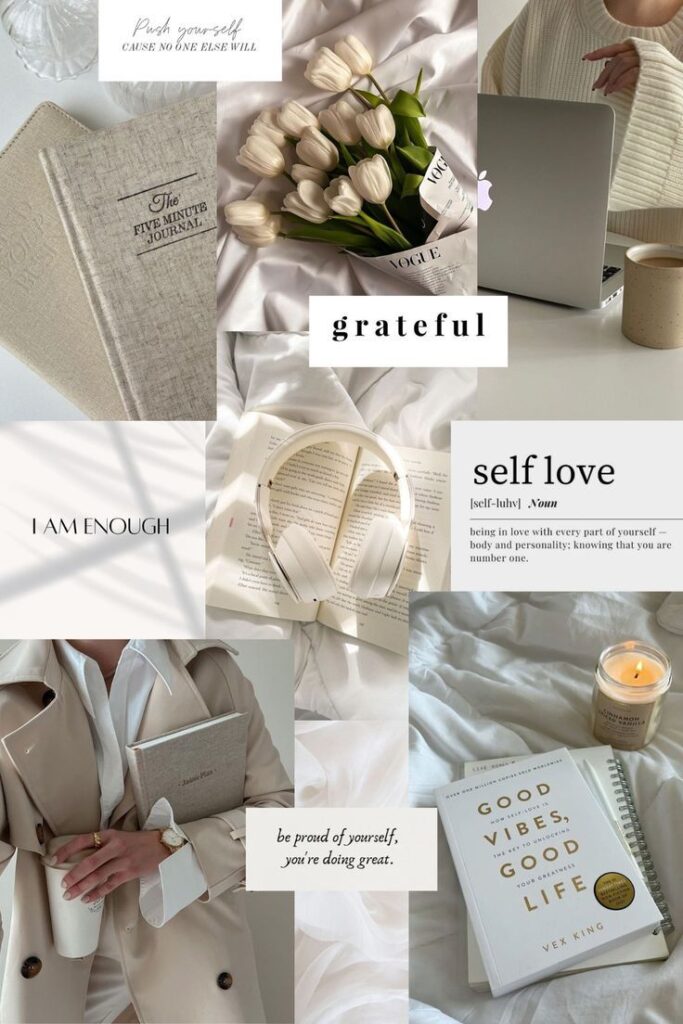
Minimalist aesthetics focus on simplicity and clean lines. They use a limited color palette, often with neutral tones like white, gray, and beige. This style creates a calm and organized space.
People who like minimalist mood boards often include simple shapes and uncluttered layouts. They avoid too many patterns or bright colors, keeping the look peaceful and balanced.
Minimalist mood boards can inspire home decor, fashion, or graphic design. Accessories like classic jewelry or sleek furniture often appear. These items add style while staying understated.
This mood board theme helps highlight what is essential. It focuses on quality over quantity and promotes a peaceful, stress-free feeling. Minimalism is a popular choice for those who want an elegant, timeless look.
4) Seasonal Mood Boards

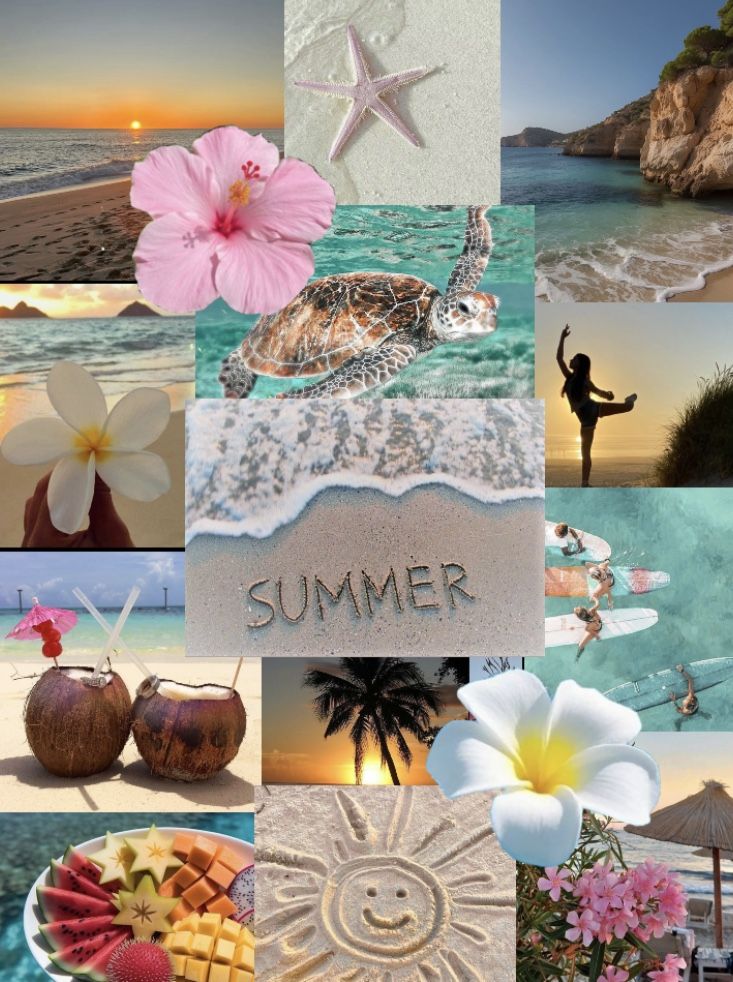

Seasonal mood boards show colors, textures, and styles that match each time of year. They help people see how different elements work well together in a fresh, current way. This makes it easier to use new ideas in real projects.
These boards often focus on nature-inspired colors and materials. For example, summer boards might include bright blues and sandy tones, while fall boards lean toward warm oranges and browns.
Designers and creators use seasonal mood boards to plan everything from home decor to fashion choices. They provide a simple way to capture the feeling of a season before starting a new project.
Many find inspiration for seasonal mood boards on sites like Pinterest. These platforms have plenty of examples that show popular themes for each season, making it easy to find fresh ideas and stay on trend.
5) Nature-Inspired Elements


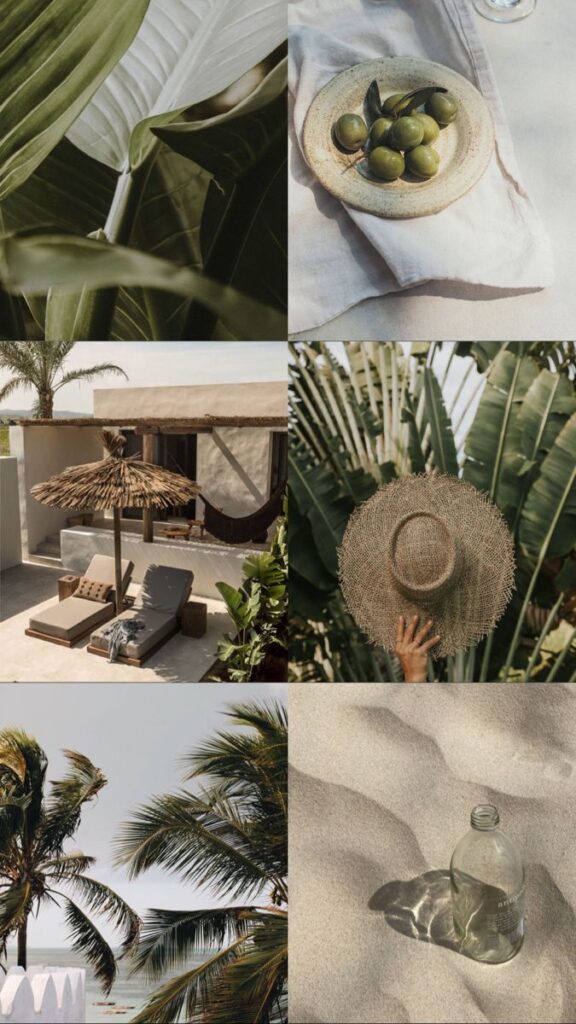
Nature-inspired elements are very popular in mood boards. They bring a calm and peaceful vibe by using colors and textures from the outdoors. Many people like to add earth tones like soft browns, greens, and warm terracottas.
Textures like wood, stone, and plants are common choices. These materials help create a cozy and inviting feeling. They also make a space feel more connected to the natural world.
Using nature in mood boards can help balance a busy lifestyle. It encourages a sense of relaxation and comfort. Nature-inspired themes often combine simple shapes and organic patterns.
People often mix these elements to create a fresh look. It’s not just about colors but also using natural light and natural forms. This helps bring a space to life in a soft, natural way.
Overall, nature-inspired mood boards are great for anyone who wants to feel grounded and peaceful in their space. They reflect a love of the outdoors and the beauty found in simple, natural things.
6) Celebrity / Pop Culture Inspired Boards

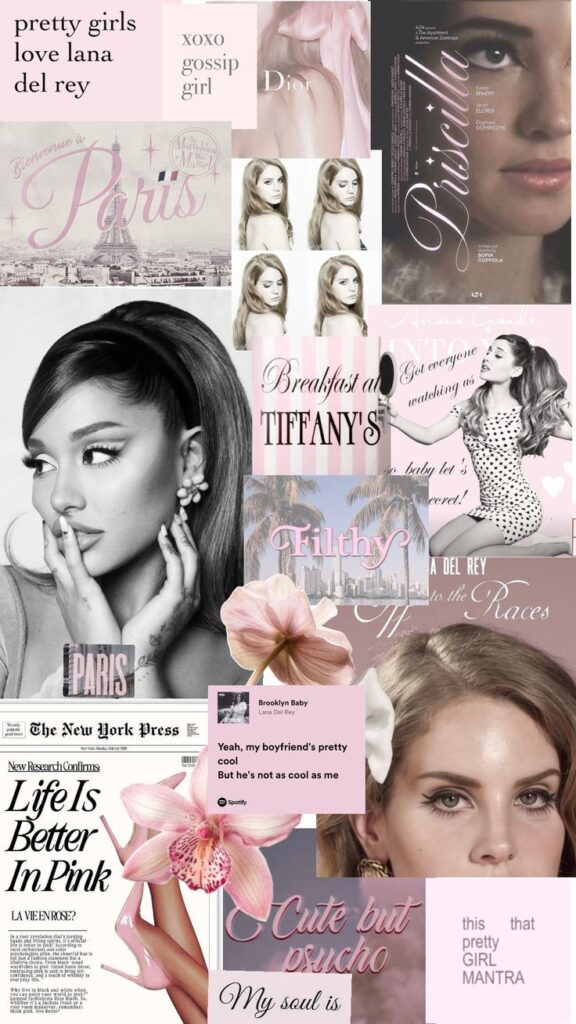
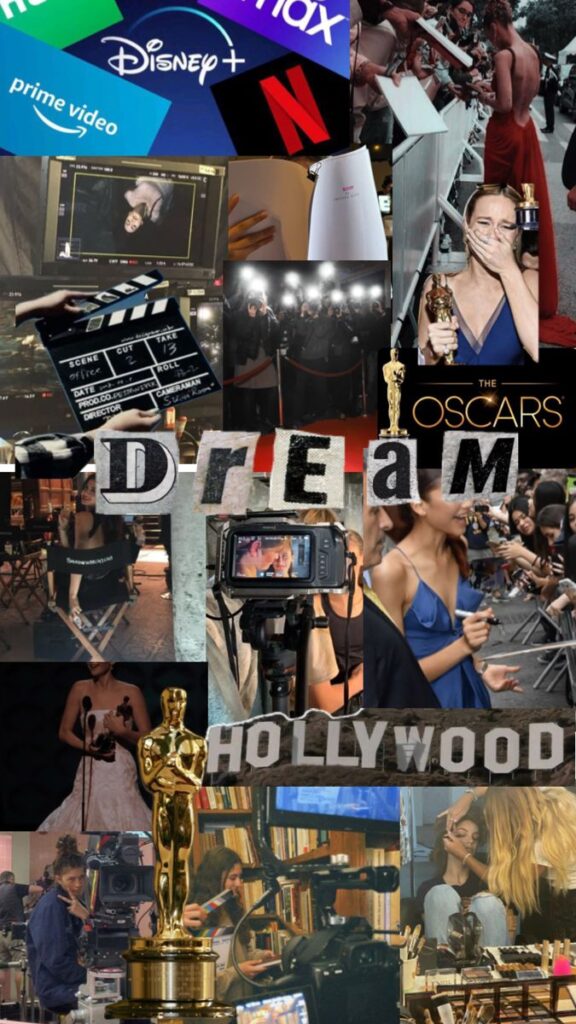
Celebrity and pop culture themed mood boards are very popular. They often focus on famous actors, musicians, or influencers. People use these boards to capture a style or vibe linked to their favorite stars.
These mood boards might include pictures from events, fashion looks, or even quotes. Some creators imagine what a celebrity’s home or personal style would look like. This adds a fun and creative touch.
Pop culture mood boards can also highlight trends from movies, TV shows, or music videos. They help fans express their connection to a particular moment or icon. These boards are often shared on social media and Pinterest.
People enjoy creating these boards because they mix creativity with current culture. It’s a way to bring inspiration from well-known figures right into their own projects or ideas.
7) Quiet Luxury Mood Board
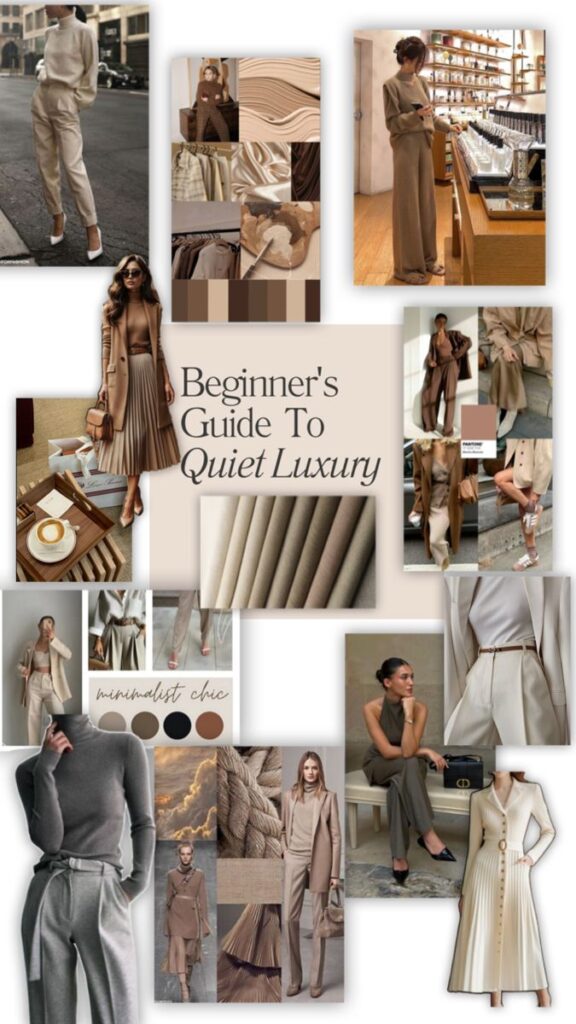
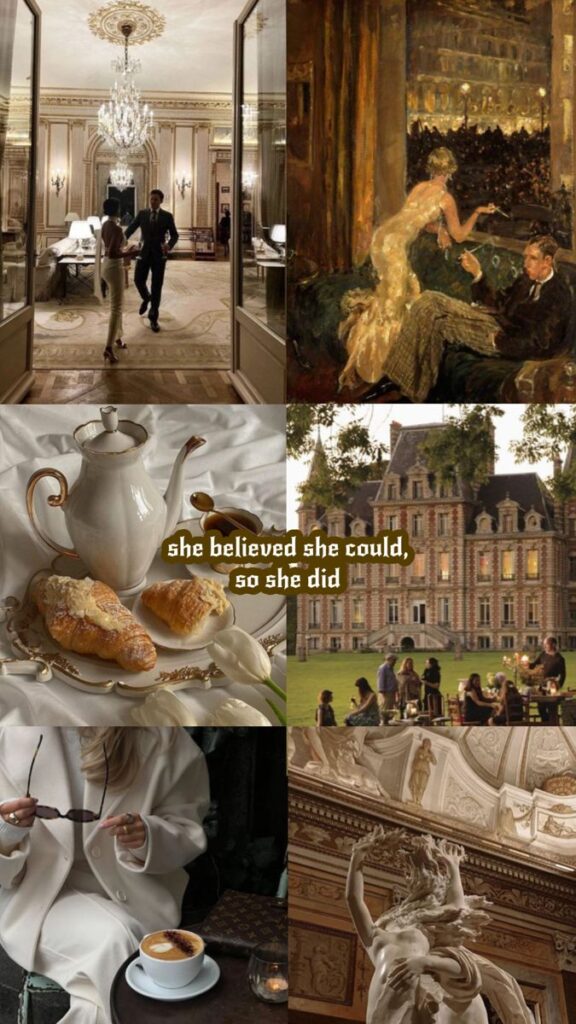

A quiet luxury mood board focuses on simplicity and elegance without being flashy. It uses soft colors and rich textures to create a calm, refined look. The style highlights quality over quantity, with pieces that feel expensive but not showy.
People use neutral tones like beige, cream, and soft gray. Natural materials such as wood, stone, and cashmere are common. The mood board often includes minimalist furniture with clean lines and subtle details.
This theme shows how less can be more. It creates a space that feels calm, cozy, and timeless. Designers like to use quiet luxury to give rooms a sense of peace and effortless style. It’s a great choice for those who want a comfortable home with a touch of sophistication.
8) Wellness and Self-Care Themes
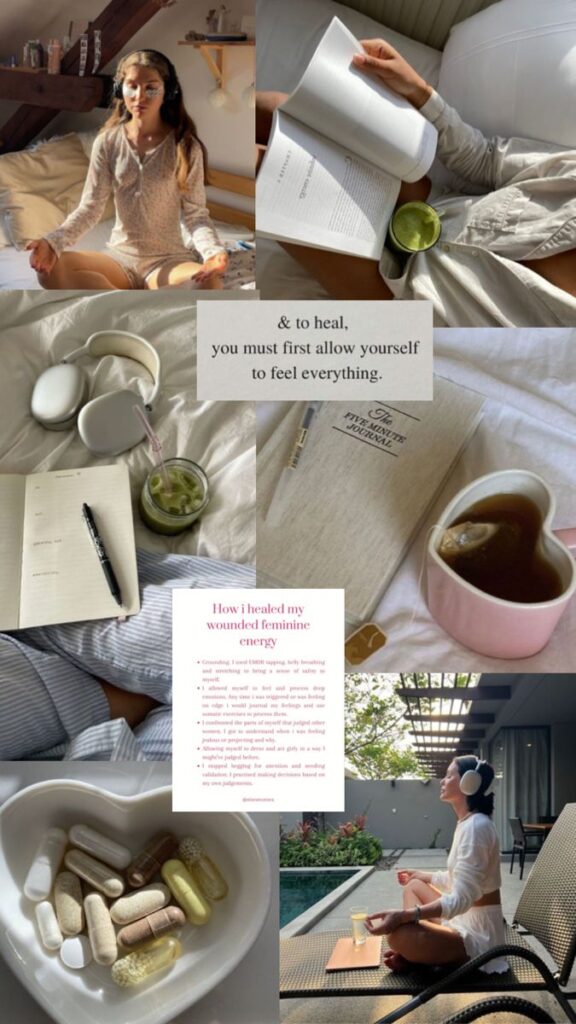
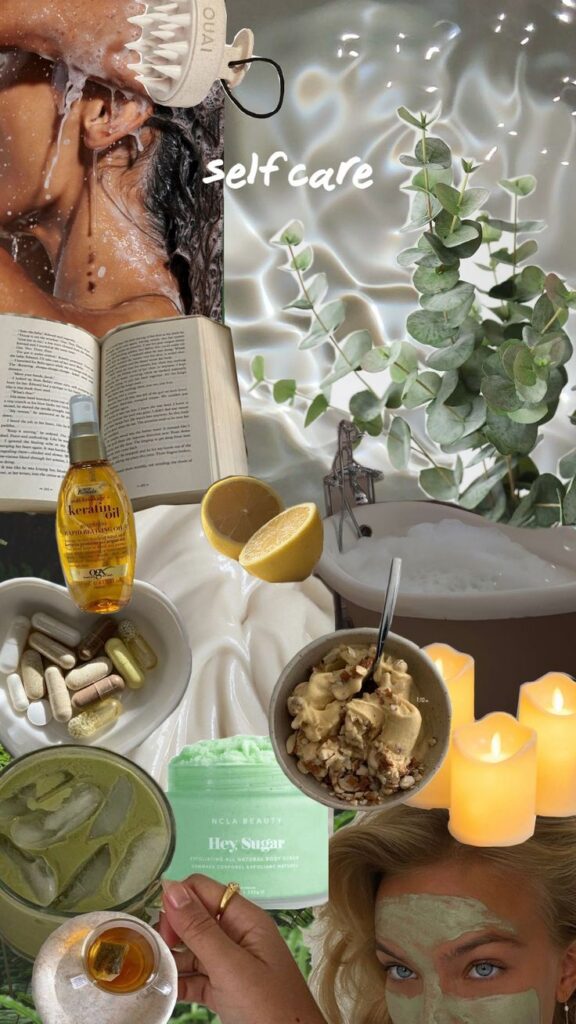
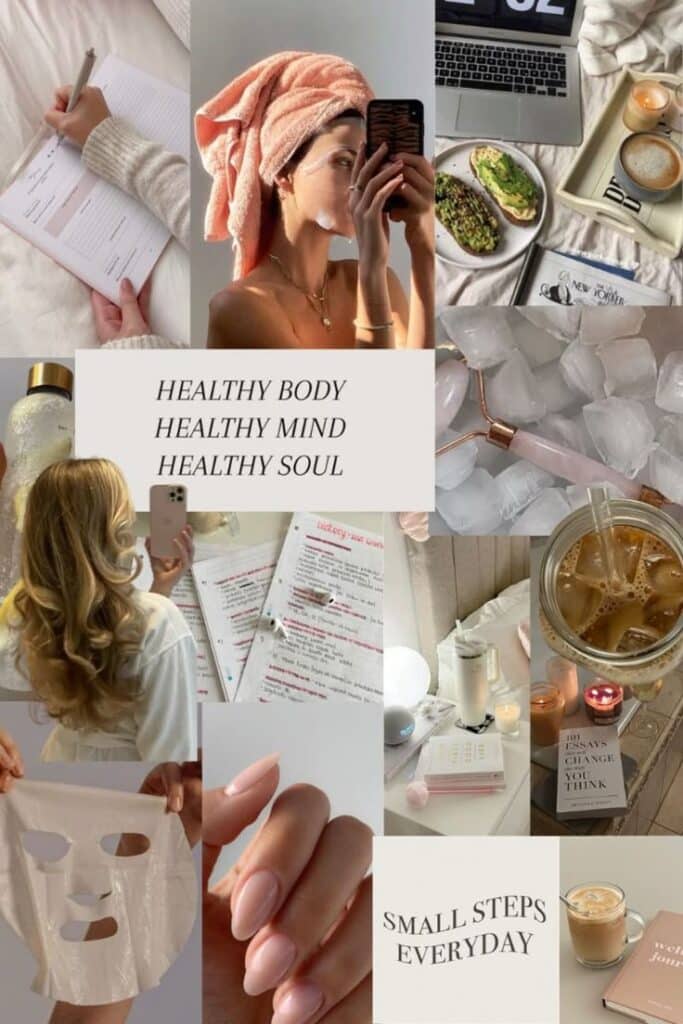
Wellness and self-care are popular themes in mood boards today. They help remind people to take time for themselves and focus on their well-being.
Mood boards with wellness themes often include calming colors and images of peaceful places. Pictures of activities like hiking, reading, or meditating are common too.
People use these boards to inspire healthier habits. They might add quotes that uplift or tips for emotional and spiritual balance.
Some boards also include ideas for spiritual hygiene. This can mean practices like meditation, energy cleansing, or setting personal boundaries.
These themes encourage a clean and balanced inner self. They help people feel calm and more in control of their mental and emotional health.
Wellness mood boards can be a gentle way to keep self-care goals visible. They make it easier to stay motivated and care for oneself regularly.
9) 1950s Americana Vibes
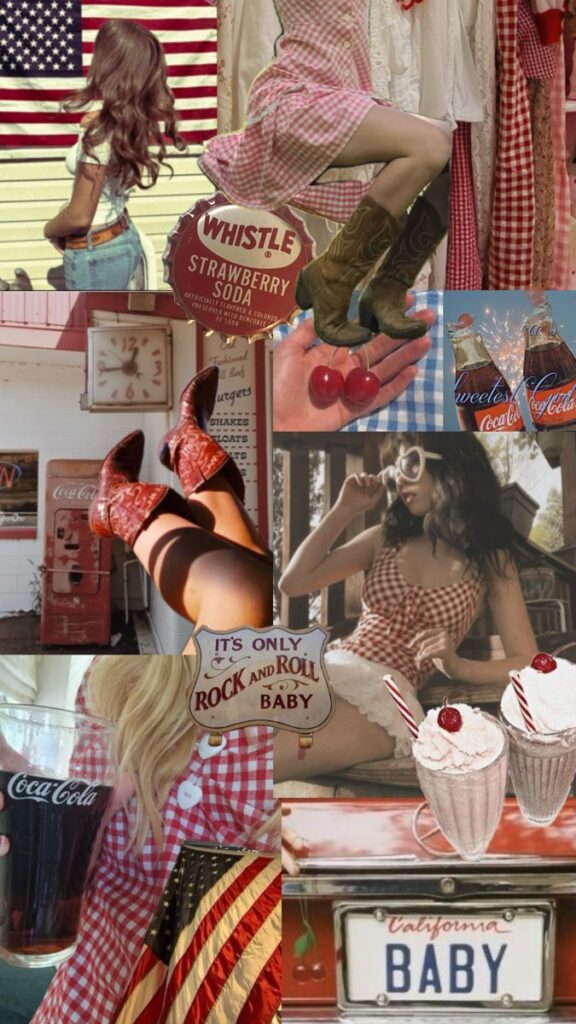
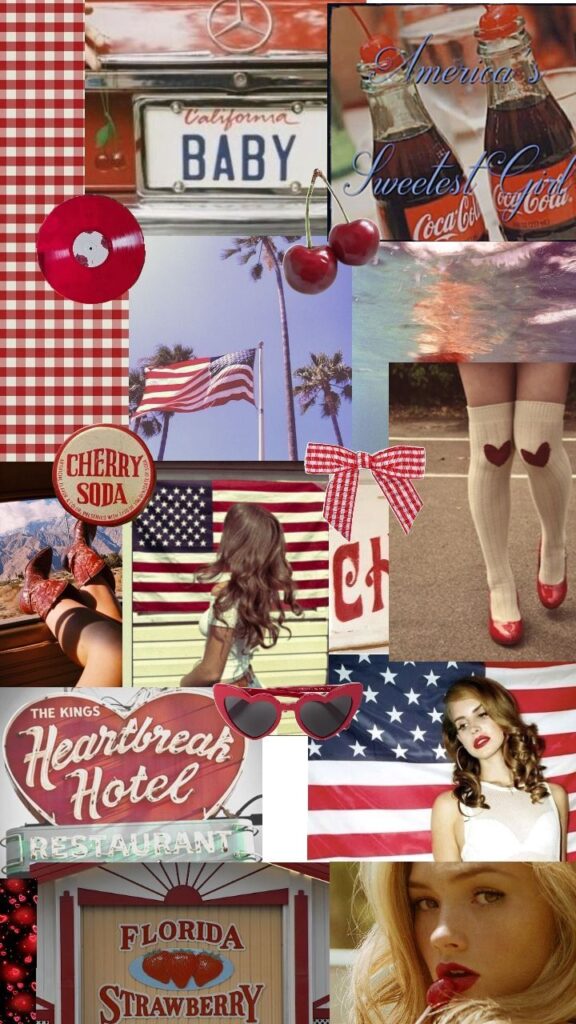
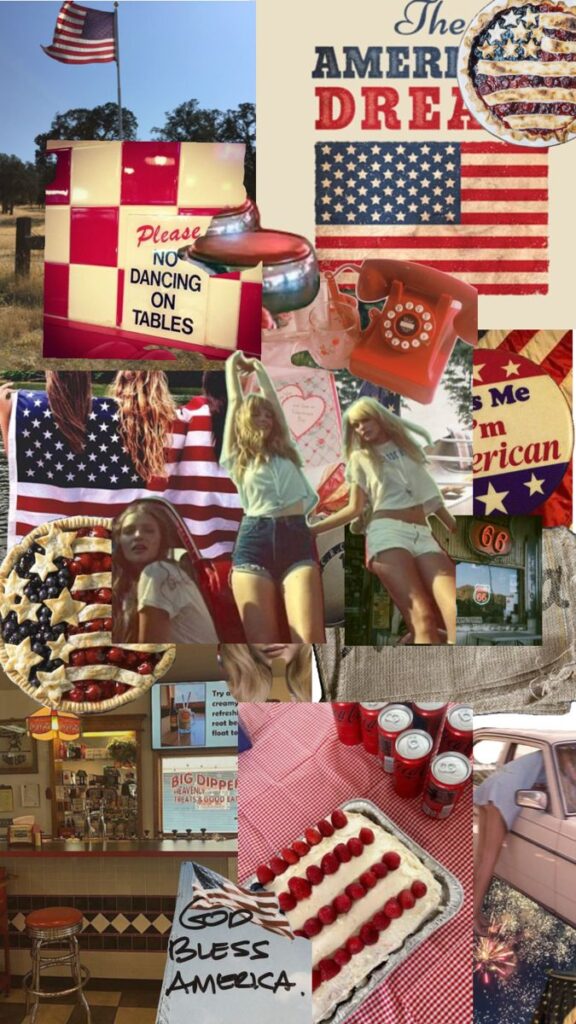
The 1950s Americana vibe is popular in mood boards because it brings a sense of nostalgia and charm. It features bright and bold colors like pastel pinks, mint greens, and classic reds. These colors create a cheerful and lively feeling.
This theme often includes images of vintage cars, diners, and old-fashioned signs. It reflects a time when simple, fun, and wholesome styles were in trend. People are drawn to the cool, retro look of 50s fashion with polka dots, cinched waists, and cat-eye glasses.
The 1950s Americana vibe is also about celebrating classic American culture. It’s common to see old Hollywood glamour mixed with everyday life from that era. This mix gives mood boards a stylish yet friendly feel that many find inspiring.
10) Mood Board for Social Media Aesthetics
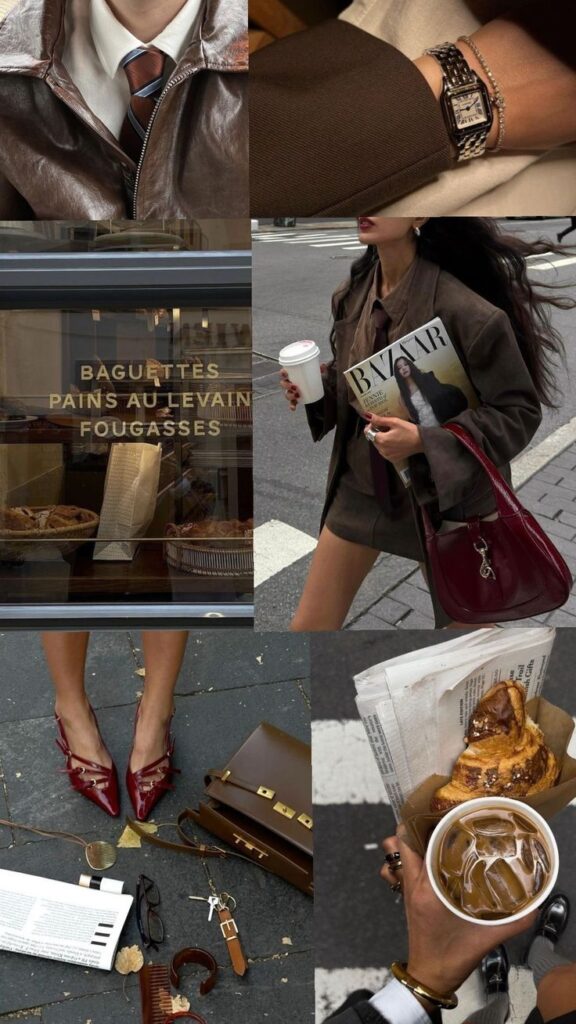
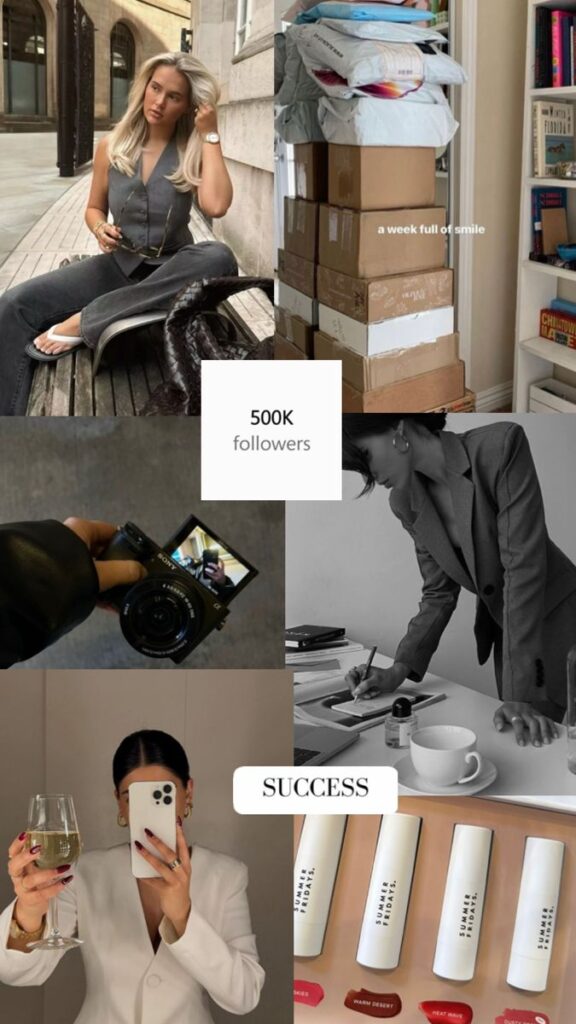
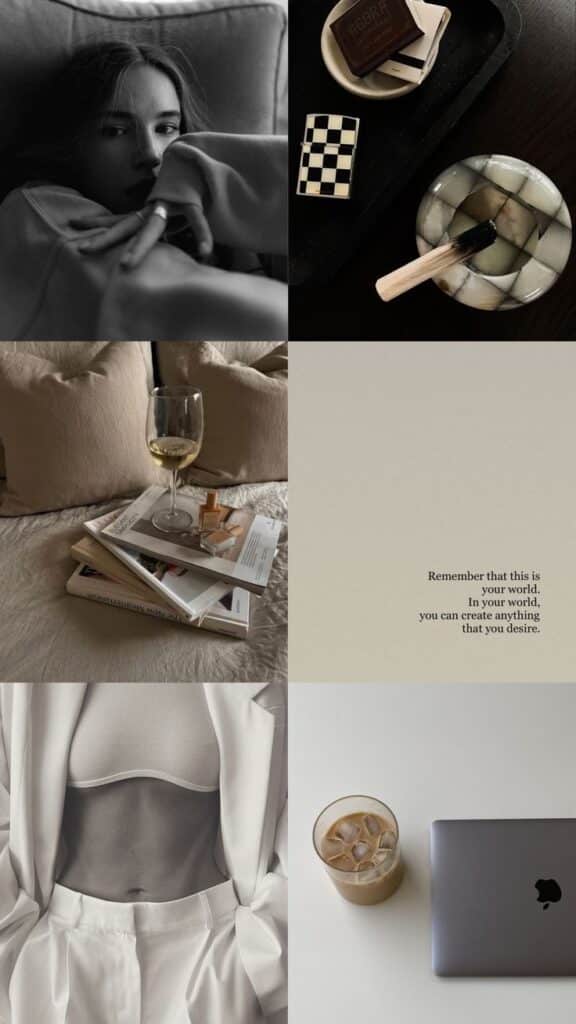
Mood boards for social media help people plan and show the look they want to create online. They usually include images, colors, and fonts that match a specific style or theme. This helps keep posts consistent and visually appealing.
People use these boards to decide how their profiles will look before posting. It makes it easier to share a clear message or vibe to their followers.
Creators also use mood boards to explore new trends and ideas. They can mix different styles to find what fits best for their brand or personality.
Using mood boards saves time and helps organize creative thoughts. They act as a simple guide for anyone managing social media content.
Some mood boards even focus on popular styles like Gen Z aesthetics or minimalism. These can be downloaded and customized to fit different tastes and goals.
Understanding the Psychology of Mood Boards
Mood boards are more than just collections of images and colors. They tap into how people feel and think by using specific visual elements. These choices can guide ideas and set the right tone for projects.
Emotional Impact of Visual Elements
Visuals on a mood board can trigger emotions quickly. Images, textures, and patterns connect with feelings without using words. For example, soft textures might evoke comfort, while sharp lines can suggest energy or tension. The way visuals are combined also influences mood.
People often respond to familiar scenes or styles because they bring back memories or experiences. This emotional trigger helps designers share ideas that feel real and relatable. Choosing visuals carefully creates a clear emotional message and helps viewers understand the mood more deeply.
Color Theory and Theme Selection
Colors have strong effects on emotions. Different colors bring out different feelings. Red can excite or warn, blue tends to calm, and yellow often brings happiness. Designers use these reactions to choose color palettes that fit the mood and message they want to share.
When picking a theme, it is important to match colors to the overall feeling. A bright, warm palette suits a lively, energetic theme. Cooler, muted tones work better for calm or serious moods. Using a consistent color scheme also keeps the mood board looking balanced and focused. This helps the viewer grasp the theme instantly.
Crafting Cohesive Themes for Trendy Mood Boards
Creating a strong theme is key for a mood board to feel unified and stylish. It requires mixing consistent elements while allowing room for fresh ideas. Using up-to-date design trends adds life without losing focus.
Balancing Consistency and Creativity
A mood board needs a clear theme to avoid looking messy. Sticking to one or two main color schemes helps keep the board consistent. For example, using warm neutrals for a cozy vibe or cool blues for a modern feel works well.
At the same time, adding different textures and patterns can spark creativity. Mixing sleek materials with soft fabrics or rough wood finishes adds interest. The key is to keep these creative touches balanced so they don’t confuse the overall style.
Using repeat colors or shapes throughout the board also ties everything together. This way, creativity shines but the mood board still feels planned and cohesive.
Incorporating Emerging Visual Styles
To keep mood boards trendy, incorporating new visual styles is important. Right now, minimalism with natural elements is popular, blending clean lines with earthy tones and organic textures.
Another rising style uses bold colors in simple layouts, creating eye-catching but uncluttered designs. People often include these by swapping out traditional neutrals for bright accents.
Digital tools make it easier to experiment with styles by layering images, adjusting colors, or adding graphic shapes. This helps to stay updated without losing the board’s original purpose or flow.
He or she who crafts mood boards this way can quickly reflect current tastes while maintaining clarity.
- 0shares
- Facebook0
- Pinterest0
- Twitter0
